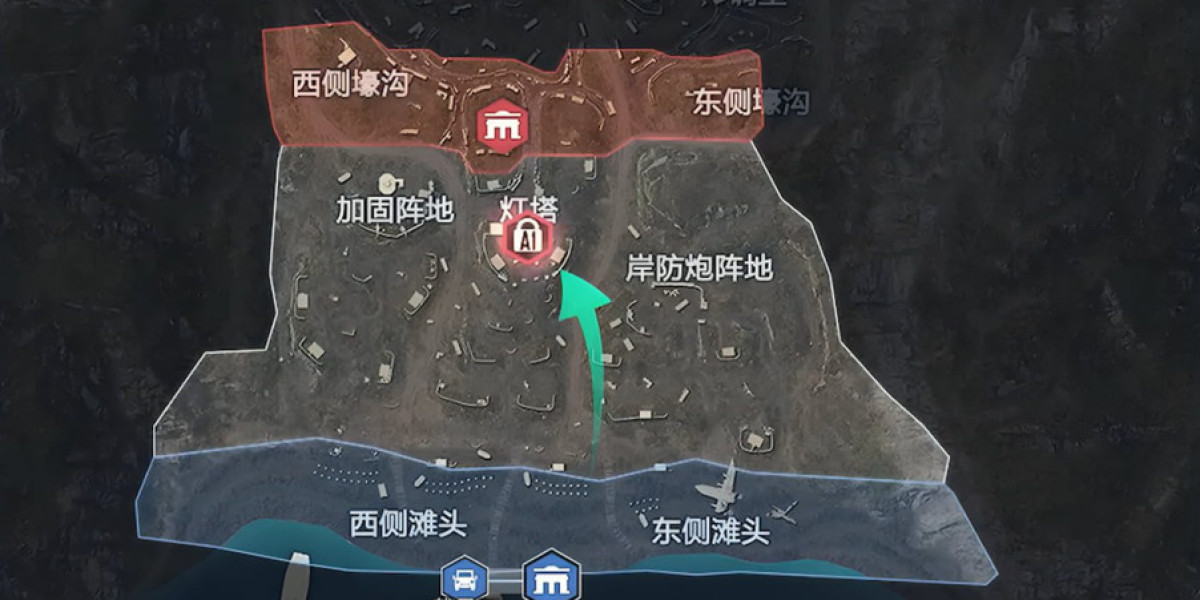Studying MBBS in Nepal has become an increasingly popular choice among Indian students over the past decade, as more aspirants look beyond national borders to fulfill their dream of becoming doctors. Among the many countries offering MBBS programs to international students, Nepal has emerged as a leading and most trusted destination, especially for Indian aspirants. With its geographical closeness, similar cultural values, and medical education that closely aligns with Indian standards, MBBS in Nepal continues to attract thousands of students every year.
This article offers a complete overview of why Indian students prefer to study MBBS in Nepal, covering academic structure, cost, recognition, lifestyle, and long-term career prospects.
Academic Compatibility with Indian Curriculum
One of the foremost reasons Indian students choose Nepal is the academic structure and curriculum, which closely mirrors the Indian MBBS syllabus. Most medical colleges in Nepal follow the guidelines of the Nepal Medical Council (NMC) and are affiliated with reputed universities such as Tribhuvan University and Kathmandu University. These institutions adopt a curriculum that is almost identical to what is taught in Indian medical colleges, ensuring that Indian students face no academic disadvantage or adjustment issues.
Furthermore, English is the primary medium of instruction, which eliminates language barriers and helps students stay focused on their studies without the added challenge of learning a new language. This also enhances the comfort level for Indian students who are already used to English-based instruction in their 10+2 education.
NMC Recognition and Global Acceptance
All the top medical colleges in Nepal are recognized by the National Medical Commission (NMC) in India. This is a crucial factor because Indian students who study MBBS abroad must graduate from an NMC-approved college in order to be eligible for licensing exams like FMGE (and in future, NExT) to practice in India.
Moreover, many Nepalese medical colleges are also listed in WHO, WDOMS, and FAIMER, making the degree globally valid and opening up opportunities for students to apply for higher studies or practice in other countries like the USA, UK, Canada, and Australia (after clearing the respective exams).
Affordable Fee Structure and Transparent Admission Process
One of the most compelling reasons Indian students prefer Nepal over other countries is the affordable fee structure. Compared to private medical colleges in India, where the cost can range between ₹50 lakhs to over ₹1 crore, the total tuition fee for MBBS in Nepal typically ranges from ₹45 lakhs to ₹70 lakhs, depending on the college. This includes the entire 5.5 years of education and is usually payable in 3–4 installments, making it manageable for most middle-class families.
Moreover, the admission process is highly transparent and straightforward. Students only need to qualify NEET and meet the minimum academic eligibility (usually 50% marks in PCB for general category and 40% for reserved categories). No donations or capitation fees are involved, and many universities admit students based on merit or through the Medical Education Commission (MEC) centralized entrance system.
No Visa or Language Barrier
Another big advantage is that Indian students do not require a visa or passport to study in Nepal. Being part of the SAARC region, Indian nationals can travel freely to Nepal using valid government ID proof. This ease of travel reduces documentation burdens and also makes it easy for students to return home during holidays or emergencies.
Additionally, there is no language barrier in everyday communication or clinical settings. Since Hindi and Nepali share many linguistic similarities, Indian students can comfortably interact with local patients during clinical rotations and internships, which significantly enhances their practical learning experience.
Proximity to India and Cultural Familiarity
Nepal’s geographical location makes it a convenient destination for Indian students, especially those from Northern and Eastern India. With direct road connectivity and short flight durations, students and parents find it easy to travel between the two countries. This proximity also helps in staying emotionally connected with family and friends, reducing homesickness.
The cultural, religious, and food similarities between India and Nepal further add to the comfort factor. Indian festivals like Diwali, Holi, and Navratri are celebrated widely in Nepal, and many universities provide Indian food options in their hostels and cafeterias. These cultural similarities help students adapt easily and feel at home.
High FMGE Passing Rate
Students graduating from Nepalese medical colleges have historically shown high pass percentages in FMGE (Foreign Medical Graduate Examination), which is mandatory for Indian students who wish to practice in India after studying abroad. Since the curriculum, teaching methods, and clinical training in Nepal closely match those in India, students find it easier to prepare for FMGE and succeed in their attempts.
Some universities in Nepal even offer dedicated FMGE/NExT coaching programs, mock tests, and integrated review sessions, giving Indian students a strategic advantage when returning to India for licensing exams.
Quality of Clinical Training and Infrastructure
Nepalese medical colleges are known for providing excellent clinical exposure from the third year onward, with affiliations to some of the largest hospitals in the country. Students actively participate in ward rounds, OPD assistance, and surgical observation, gaining hands-on training in real-time scenarios.
Top colleges like B.P. Koirala Institute of Health Sciences, Kathmandu Medical College, Nobel Medical College, and Universal College of Medical Sciences are equipped with modern laboratories, advanced simulation centers, and well-stocked libraries. The availability of experienced Indian and Nepalese faculty members ensures high-quality education delivery.
Safe and Supportive Environment
Safety is a major concern for students studying abroad, and Nepal offers a very safe, student-friendly environment. The crime rate is low, and the locals are welcoming and respectful towards Indian students. Most medical colleges provide on-campus hostel accommodation with 24/7 security, CCTV surveillance, and wardens to ensure student safety.
Many colleges also have Indian student associations to support newcomers, celebrate festivals, and offer academic and emotional assistance throughout the course.
Conclusion
In conclusion, Nepal offers everything an Indian MBBS aspirant looks for—NMC-approved medical colleges, affordable education, English-medium instruction, high FMGE passing rates, cultural familiarity, and global career potential. For students who want quality education without the burden of heavy tuition fees or the stress of complex visa formalities, Nepal stands out as a top destination.
With the 2025 intake approaching, Indian students who are planning to pursue medicine should seriously consider Nepal as a safe, effective, and future-ready alternative to traditional Indian medical colleges or other MBBS destinations abroad.







